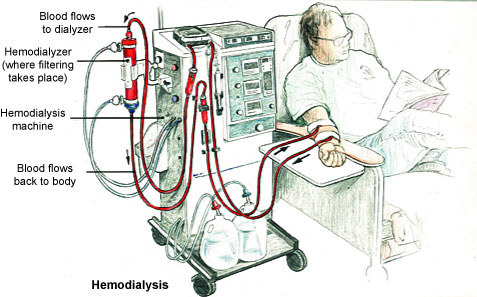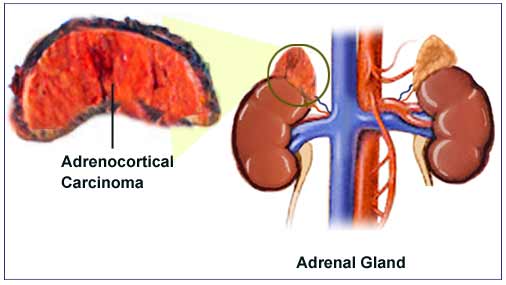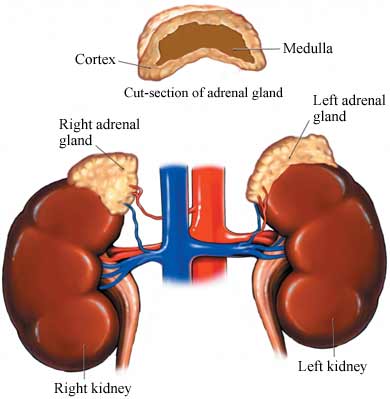The kidney works to maintain fluid, electrolyte and acid-base balance by eliminating nitrogenous and other metabolic waste products from the body through the urinary system. Another key function of the kidney is to help maintain blood pressure, produce erythropoietin and activate vitamin D. The proper functioning of the kidney is impaired when there is loss of nephrons. The nephron is the functional unit of the kidney. When normal kidney function is greatly impaired, then dialysis becomes necessary. Continue reading



